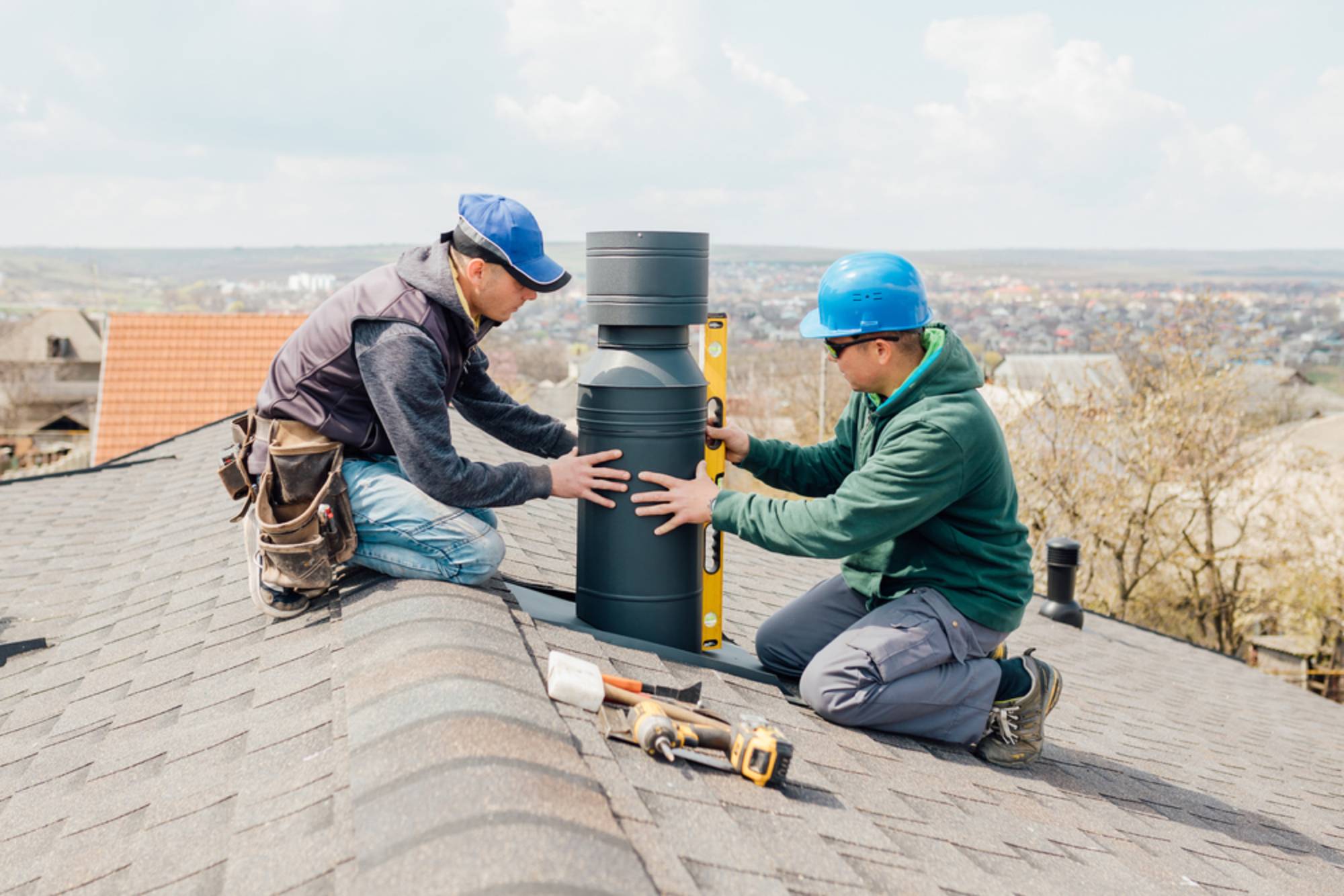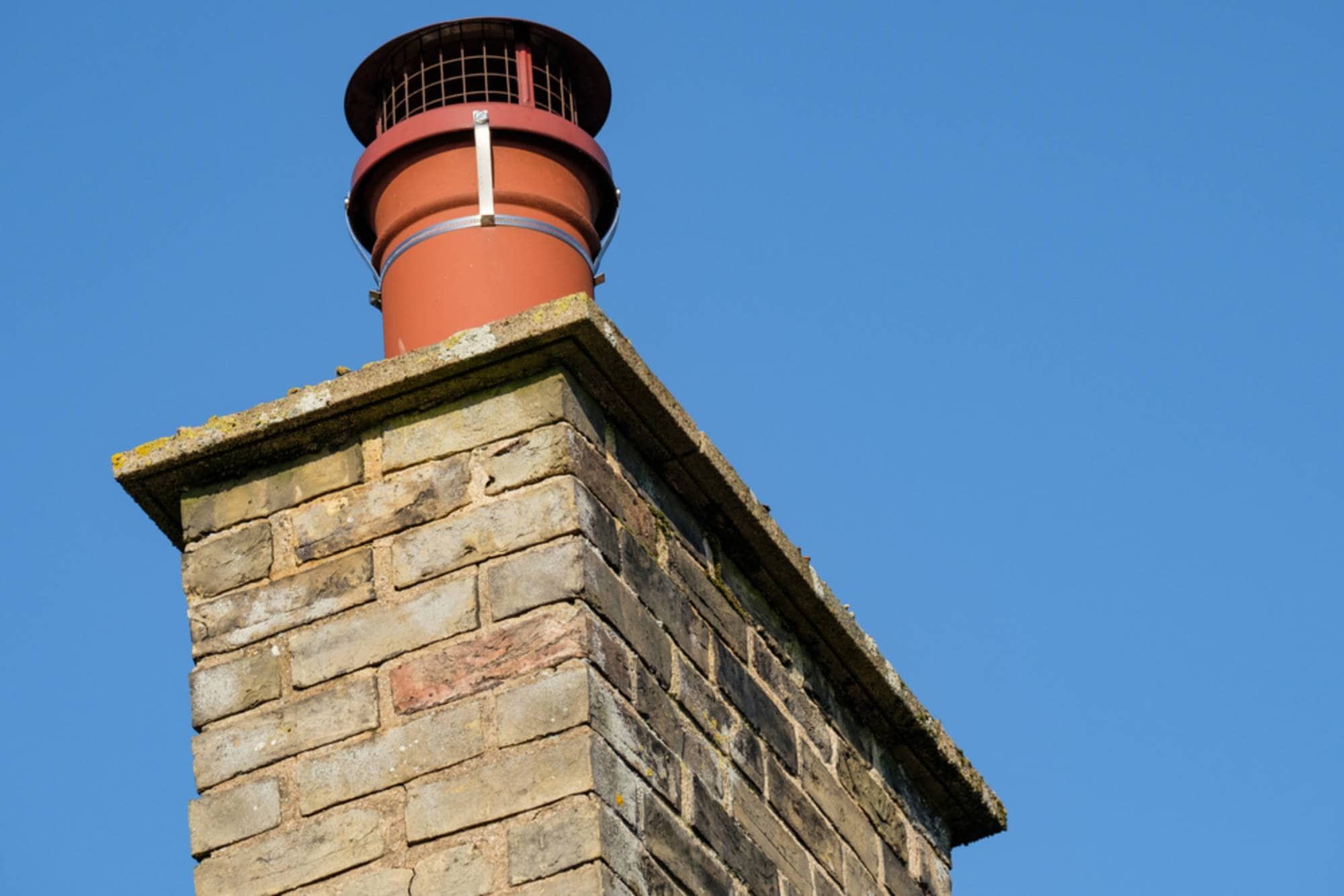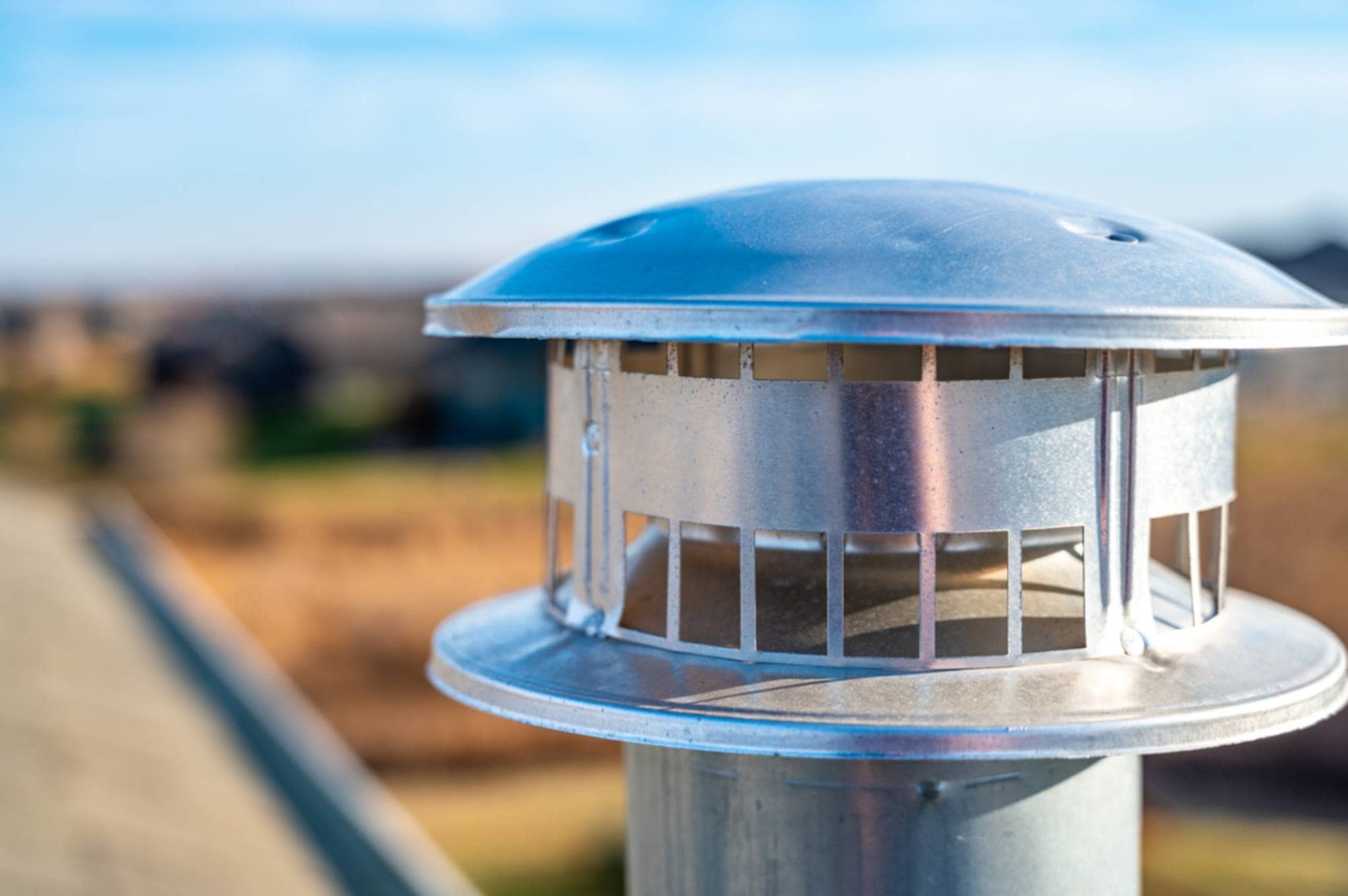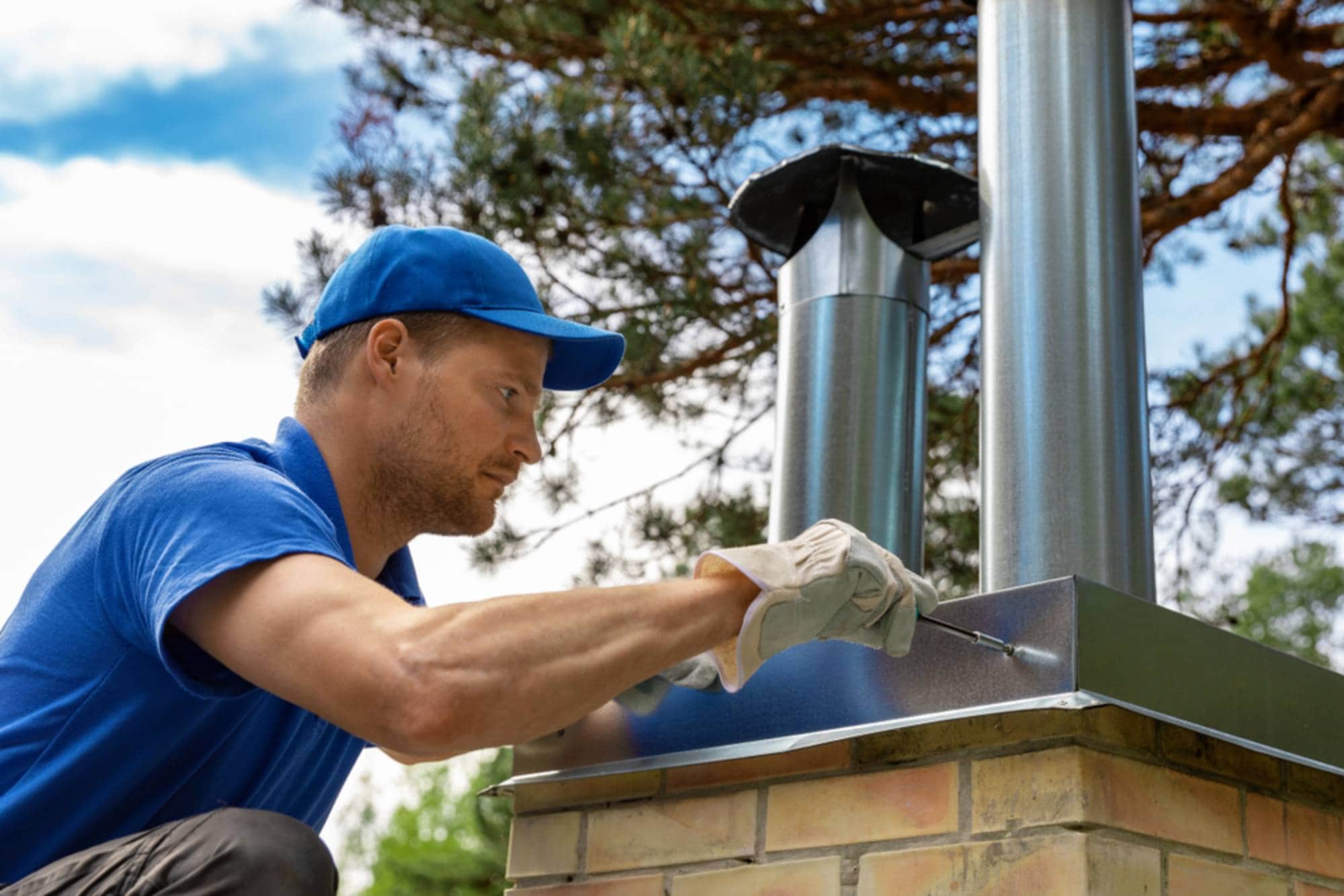Obvious signs include visible rust, dents, or missing sections of the cap. If you see water stains on walls or ceilings near your fireplace, or notice animals or birds in your chimney, your cap likely isn’t doing its job. During Rhode Island winters, ice buildup or damage from falling branches can compromise cap integrity. If the cap is loose, tilted, or has gaps around the edges, it needs immediate attention to prevent further damage. Other warning signs include white staining (efflorescence) on exterior chimney bricks, musty odors from your fireplace, or rust flakes in your firebox. We include cap inspection with all our services and can quickly determine if replacement is needed.




